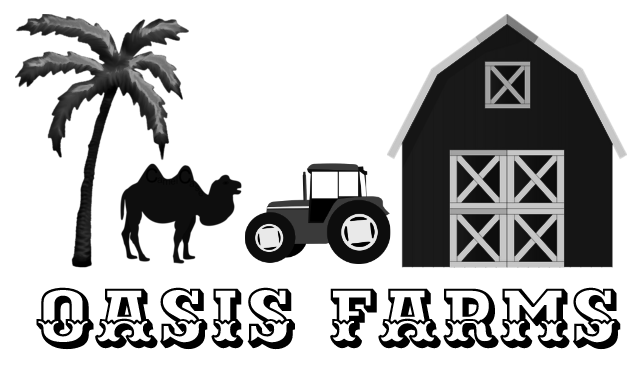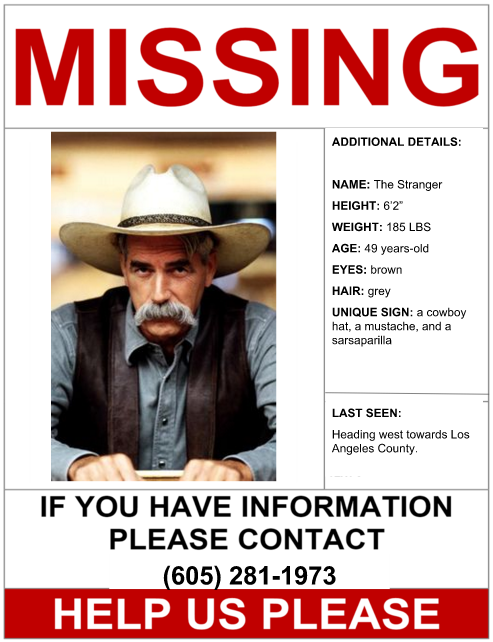*I have been reading and critiquing digital comics, for my Master level studies, in a continuing series to develop my exposure to and understanding of this New Literacy
Last week I reviewed Mark Waid’s talk at the 2013 O’Reilly Media’s Tools of Change for Publishing Conference, in his talk Waid discuses and presents some examples of the digital comics that he and his collaborators are sharing, FOR FREE, on the site Thrillbent.com . The examples from the talk were amazing and I have been anxiously awaiting the opportunity to critique a Thrillbent comic. To maintain consistency in my critiques of digital comics I will use the same evaluation traits as previous critiques:
- Story
- Flow, Organization, and Pacing (FOP)
- Media Application
These traits seem to me to be the most important factors in determining if a digital comic is, not only an engaging and worthwhile read, but also if the comic is truly a digital story or merely an analog comic book rendered in a digital space.
The comic I chose for my critique this week is Pax Arena (link) – written by Mast with art by Geoffo. I was initially drawn to this comic because it fits my favorite niche comic genre, science fiction noir also known as tech-noir – movie buffs think Blade Runner. I thought if there was one comic on Thirllbent, and there are dozens, that could grab my attention it would be Pax Arena and this comic did not disappoint.
Story
The Pax Arena story revolves around a police investigator who takes the law into her own hands, when an innocent accountant is placed in a gladiatorial match on the Pax Arena satellite. Pax Arena serves as a prison and provider of the most popular form of entertainment in this dystopian future – pitting inmates against each other in death matches and broadcasting the events back to earth; reality TV style. The establishment tries to sweep the accountant’s murder under the rug as a regrettable mistake but our hero, Agent Zoë, knows better and will not rest until guilty parties are made to pay. The story checks all the important boxes for a tech-noir. A dystopian future, gritty black and white art, a hero that is both futuristic and invokes old school sensibilities of the film noir detectives. Zoë takes no nonsense, will not let the guilty go unpunished and blackens the eyes (figuratively and literally) of any bureaucrats or yes men that stand in her way.
FOP
I loved this story, I do think, however that the story run may have been shortened after the plot had already been developed, because of some idiosyncratic scenes that seemed dropped in to set up the action packed climax, these build up scenes seemed out of place and jarring in the lead up to the awesome conclusion. Overall, however, FOP in Pax Arena was great. The action starts off right away in the gladiatorial match on the satellite, and rarely lets off the gas for the rest of the, relatively short, eight chapter run of the story. The author and artist do a beautiful job of introducing rich characters and developing a scary future world, while keeping the viewer on the edge of the seat wanting to see what happens next.
Media Application
Thrillbent employs digital pages to showcase their comics. These pages are closer to a PowerPoint slides than a traditional paper page. Static images can be layered on top of each other to create the feelings of movement or depth. Parts or panels on the page can disappear and appear in order to move the readers eyes to important images or text. Or old backgrounds and images can fade away to reveal completely new scenes. Pax Arena uses all of these digital comic storytelling devices very well and is a great introduction to the Thrillbent approach to digital comics. I even realized that Waid used sections from Pax Arena during talk to demonstrate how he envisions the future of digital comics and the digital page.
Pax Arena is definitely a digital comic, the story would be funimnetaly changed in a print format and is a fun, but not groundbreaking, tech-noir story. This comic is a great introduction into the digital comics of Thrillbent Comics and their concept of the digital page. Which I feel does a better job of facilitating action than do the digital comics that employ the infinite canvas concept.

 en following my favorite comic book creators on Twitter hoping to expand my exposure to what is happening with comics, especially what is happening with digital comics. This week I was rewarded for my efforts. I had been following Scott McCloud sense I critiqued his TED talk
en following my favorite comic book creators on Twitter hoping to expand my exposure to what is happening with comics, especially what is happening with digital comics. This week I was rewarded for my efforts. I had been following Scott McCloud sense I critiqued his TED talk 

 s a researcher at
s a researcher at 